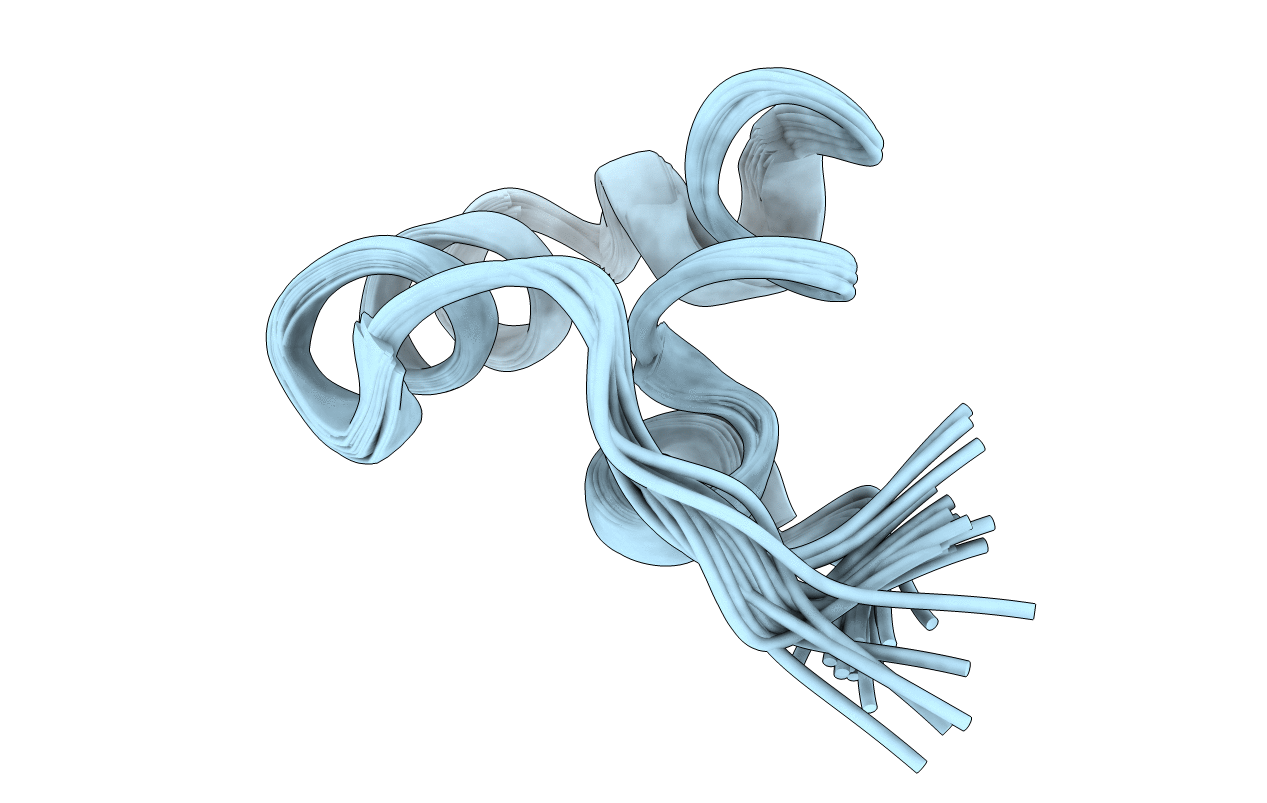
Deposition Date
2017-12-10
Release Date
2018-05-30
Last Version Date
2024-10-09
Entry Detail
PDB ID:
6BUC
Keywords:
Title:
Structure of a new ShKT peptide from the sea anemone Oulactis sp.
Biological Source:
Method Details:
Experimental Method:
Conformers Calculated:
100
Conformers Submitted:
20
Selection Criteria:
structures with the lowest energy


